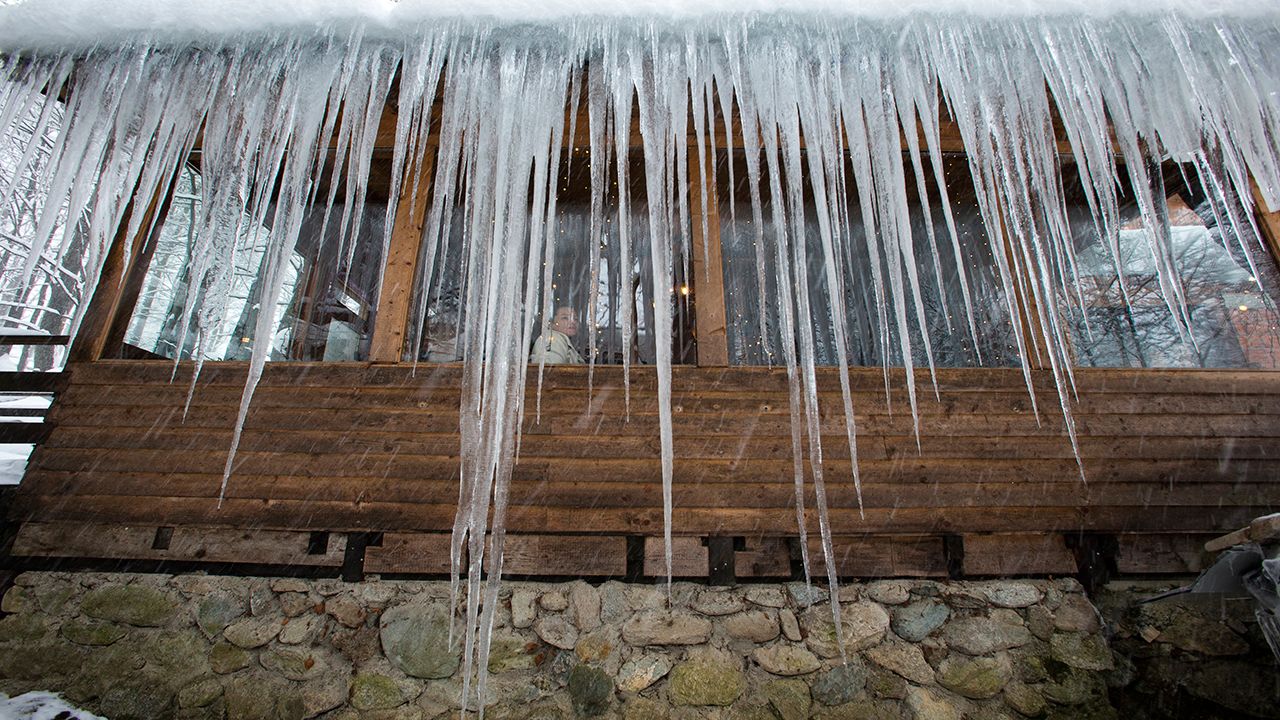A golden rule in winter that we are all familiar with is: do not eat yellow snow. That may be common knowledge, but what about another wintery 'snack' such as icicles?
Icicles are commonly seen all over during the winter! You can find them on tree branches or hanging off the side of your roof.
Icicles form from liquid water first, either from rain or snow that has melted. It flows off the exterior of an object such as a roof, branch, or car.
As the water runs down the side, it freezes/refreezes as the air temperature drops below freezing.
The water freezes before hitting the ground, which is why we have the classic icicle shape.
Every time more liquid water falls onto the ice/icicle and freezes, it adds a new layer. This is how we get longer and larger icicles because, over time, more liquid water can freeze, which adds length and width to an icicle.
So the larger the icicle, the better to eat? Not so fast! Have you ever stopped and wondered what was in that icicle?
Yes, icicles are liquid water, but what is in water before it freezes?
Think about it. It is water that runs down the side of your roof or car that usually collects bird poop, dirt, dust, and more.
Icicles hanging off the limb of a tree will be 'safer' than ones hanging off a gutter. Anywhere in the wilderness will be cleaner than any urban spots in general.
Icicles might have contaminants from pollution in a city: lead shingles from your roof, dead bugs, and animal droppings. These are just a few things to think about next time you go chowing down on that icicle.
Maybe next time, stick to the good stuff: ice cream.



